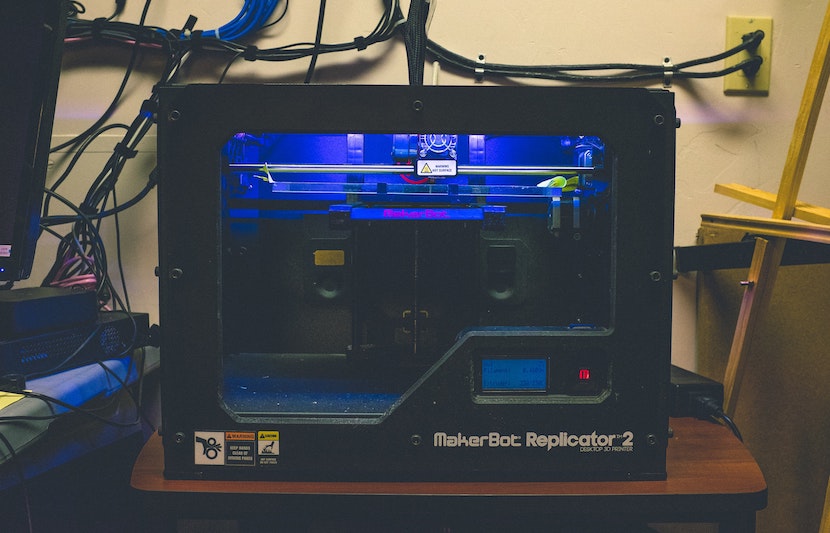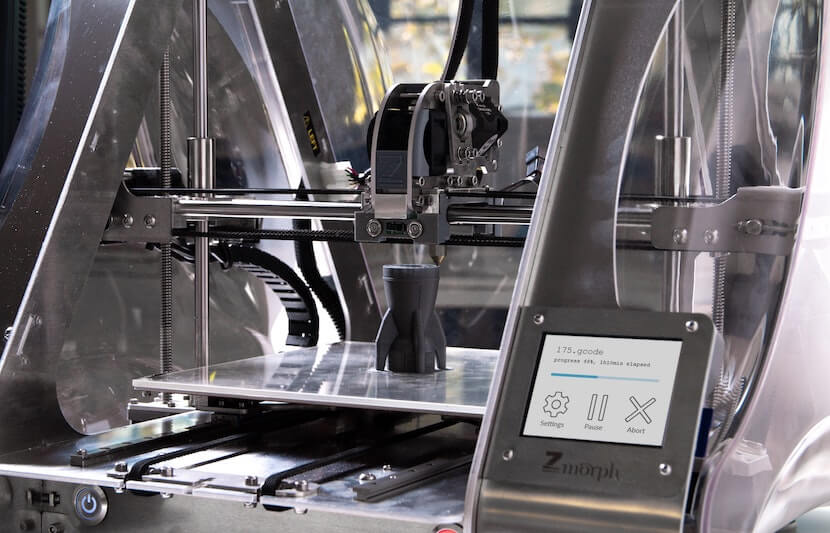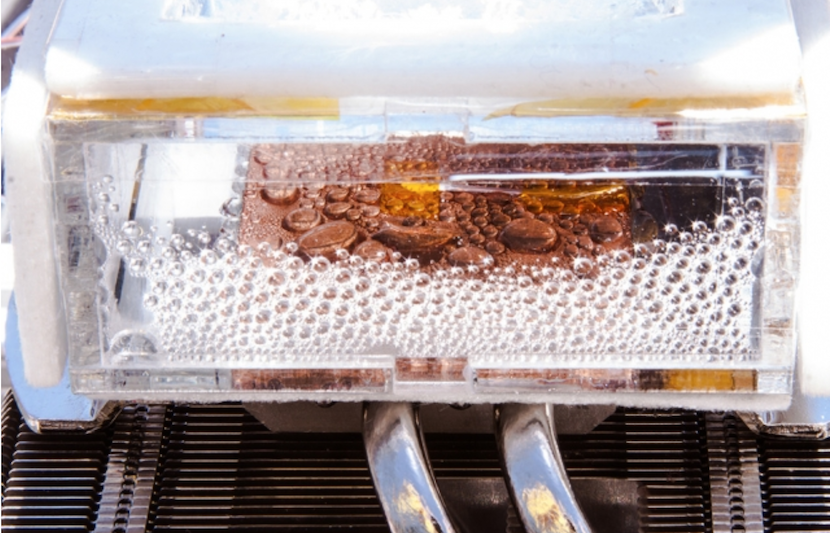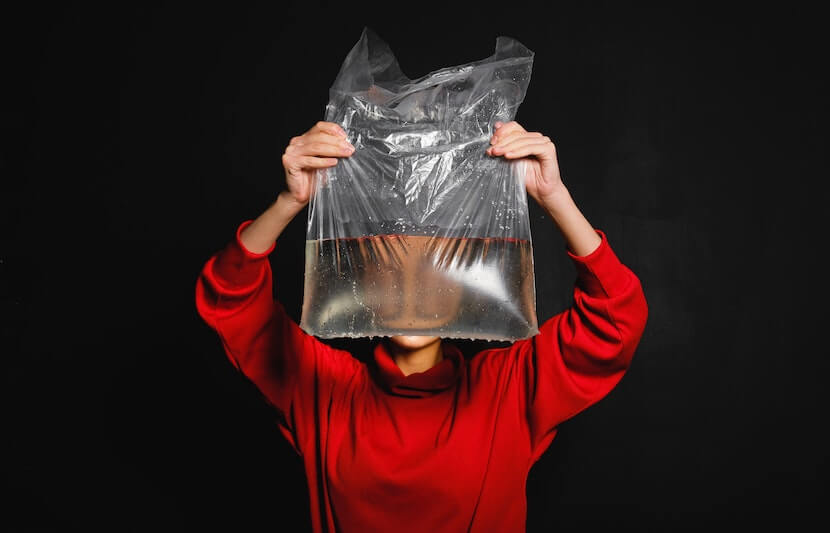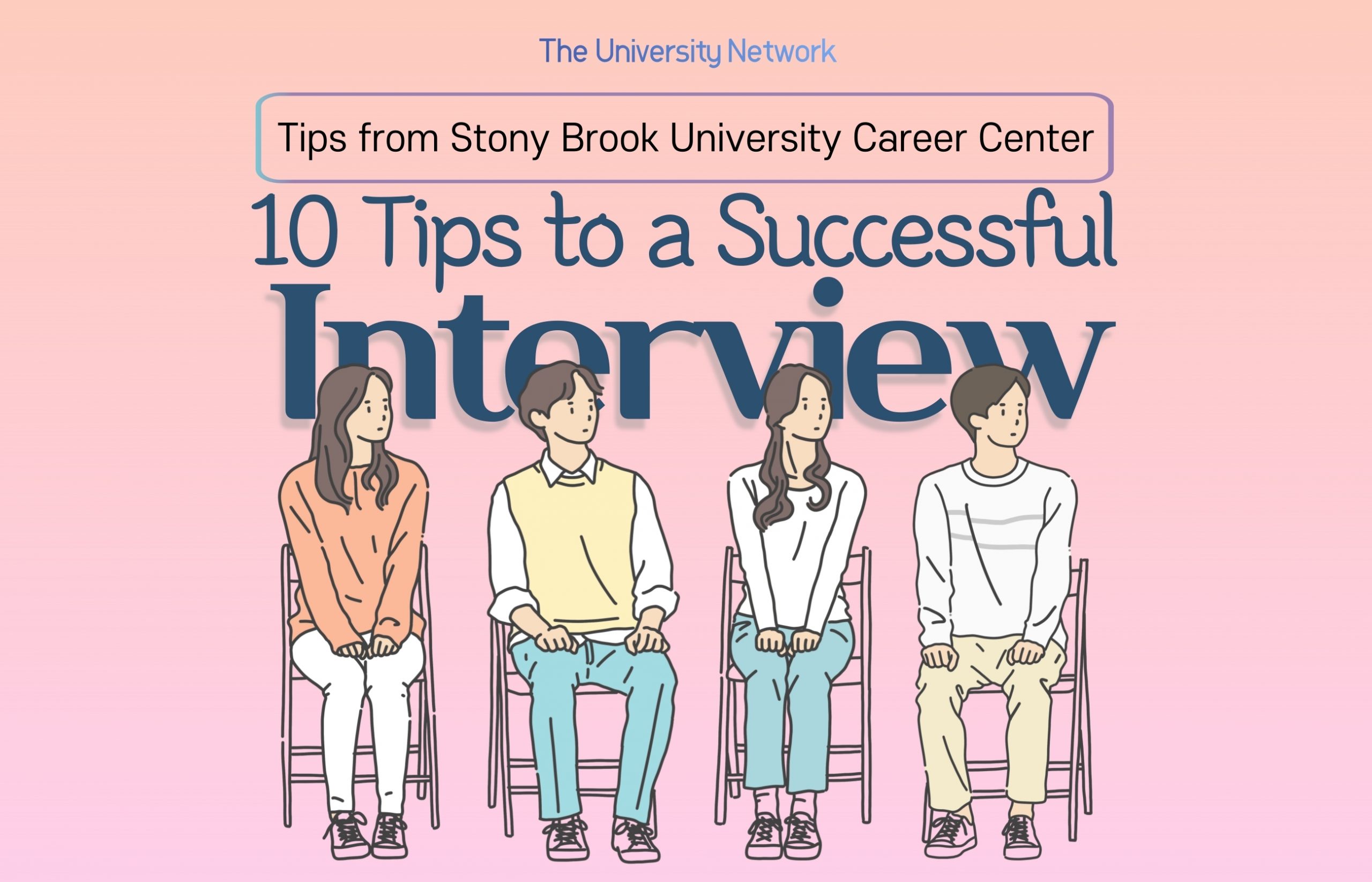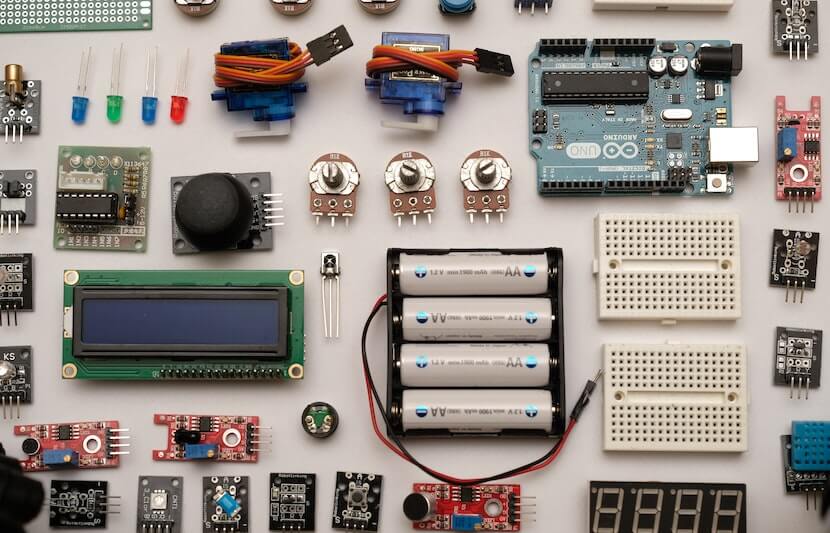-
Living Abroad Develops Clearer Sense of Self
Living abroad increases “self-concept clarity,” or the idea that individuals have a more clear and confidently defined idea of themselves, according to a recent study conducted by social scientists at Rice University, Columbia University and the University of North Carolina. The researchers found that this trait not only increased in people who lived abroad, but Read More
-
Positive Impact of Social Media on Gift-Giving
Social media is impacting the way we give gifts, according to a new study by researchers from Cornell University, MIT and Facebook. The researchers found that the spread of online gift-giving in social networks is causing people to give more gifts both online and in person. “The exchange of gifts is an age-old human behavior and Read More
-
Ultrashort Laser Pulses Produce Reactive Carbon Dioxide
What if the inert carbon dioxide in the atmosphere could be converted into a usable raw material? Plants do this during photosynthesis, turning carbon dioxide into oxygen and sugar when exposed to light. Inspired by this process, physico-chemists at the University of Bonn in Germany have developed a new way to generate a reactive variant Read More
-
Cheaper 3D-Printed Model Just As Effective at Student Training
Researchers from Stanford University have developed a way to replicate a patient’s blood vessels in a 3D-printed model, a cheaper, yet as effective, method as commercially available models for training medical students in interventional radiology vascular access. The study was presented at the Society of Interventional Radiology’s 2018 Annual Scientific Meeting. Interventional Radiology Compared to open Read More
-
Subtle Blood Flow Changes Can Reveal Your Emotions
Subtle changes in blood flow color around the face reveal the mood we’re in, even before our faces move to form the expression we want, according to a groundbreaking study by The Ohio State University. This is the first study to ever document connections between blood flow color change and facial expression without facial movement. Read More
-
Advancing the Manufacture of Stretchable Electronics and Soft Robots
A research team from the Collaborative Robotics and Intelligent Systems Institute at Oregon State University’s College of Engineering have developed a method for modified, 3D-printable metal alloy. This development could lead to the rapid manufacture of stretchable electronics, including flexible computer screens and soft robots. The study is published in the journal Advanced Materials Technologies. Read More
-
Study Proves MIT Device Can Extract Water From Dry Air
In recent field tests, MIT researchers have proven that their new device can indeed pull water from desert air. This new device, powered by sunlight, would be a godsend to areas with hot arid climate and drought-stricken regions around the world once the researchers scale up their technology. The study is published in the journal Read More
-
Earwig’s Wings Inspire 3D Origami-Like Structures
Inspired by the wings of an earwig, which open and fold like an origami, researchers from ETH Zurich, Switzerland, and Purdue University have developed a 3D structure that operates on the same principle. This breakthrough, according to the researchers, has real world applications, even in space. Led by Jakob Faber, a postdoctoral scientist at ETH’s Read More
-
Re-Using Plastic to Remove Harmful Pollutants in Wastewater
A team of researchers has developed a method to re-use common plastics to break down other harmful pollutants found in wastewater. This method tackles two grave pollution issues at once: plastic pollution that threatens our ecosystems and presence of carcinogenic synthetic dyes in wastewater. The team’s method portrays how polystyrene, a plastic frequently seen in Read More
-
3D Virtual Tour Through Rock Unlocks Fossil Mystery
A team of geoscientists at Princeton University has developed a method to create three-dimensional digital images of deconstructed rock samples that can be viewed from any angle. Algorithms, developed by the team, allow the computer to segment the images without human bias. Close to five years ago Adam Maloof, an associate professor of geoscience, collaborated Read More
-
Seeing the Invisible with Stanford’s Laser-Based Imaging Technique
A team of researchers from Stanford University has developed a laser-based imaging technique that makes it possible to see objects hidden around corners. The researchers are currently focused on applying this technique to self-driving cars, some of which are already capable of sensing what’s around the car, but there are other applications, such as seeing Read More
-
New Software to Divert Excess Food to Those in Need
A research team from Iowa State University has developed eFeed-Hungers, a mobile-friendly software designed to divert excess food to those in need. The research is led by Sugam Sharma, a computer science expert and systems analyst in Iowa State University’s Center for Survey Statistics and Methodology, and is published in Resources, Conservation and Recycling and Read More
-
10 Steps to a Successful Interview: Tips From Stony Brook University Career Center
1. Know yourself Who knows you better than you? Who knows your strengths and weaknesses, skills and abilities, goals and dreams, setbacks, bounce-backs, and accomplishments better than you? Take time to think deeply about these aspects of yourself. Recall experiences where you demonstrated those skills — at school, on the job, at the internship, within Read More
-
Near-Death Experience Inspires Hybrid Technology for Cheaper, Longer-Lasting Batteries
A pair of researchers at The University of Toledo (UT) have developed an energy storage system that increases the longevity and performance of battery packs in electric vehicles, satellites, planes, grid stations, and more. The research is published in Batteries, an international journal, and was presented at the Advanced Design and Manufacturing Expo at the Read More
-
Ditch Your Smartphone to Better Enjoy Time with Friends and Family
In an age of constant connection and instant access to information, many of us are tied to our smartphones. It would be advisable though to stop using our smartphones every once in a while—when we’re dining out with friends and family, for example—so we can truly enjoy our time with them. In a recent study Read More





